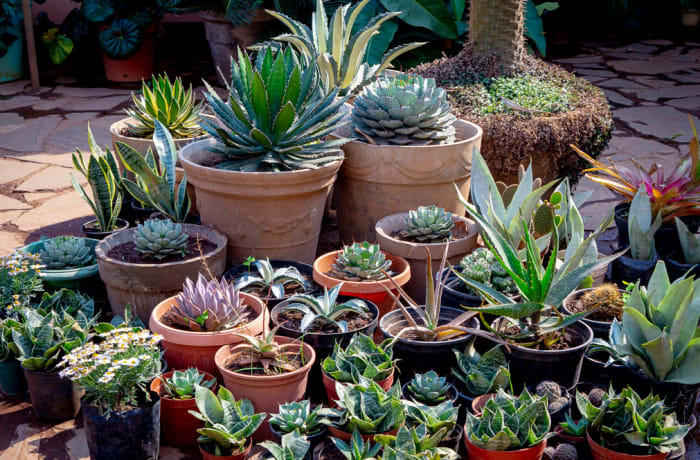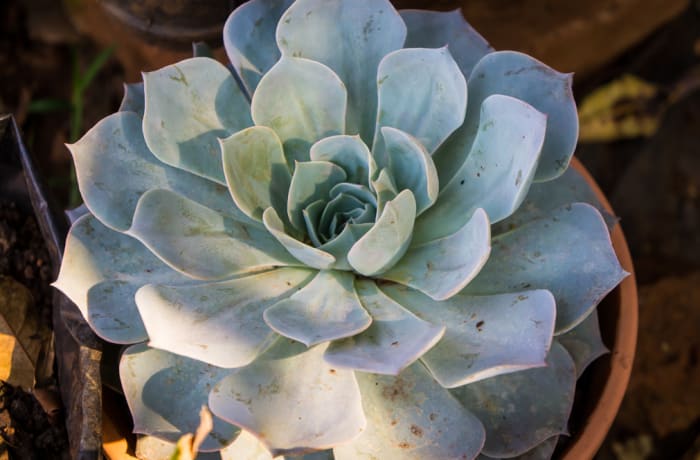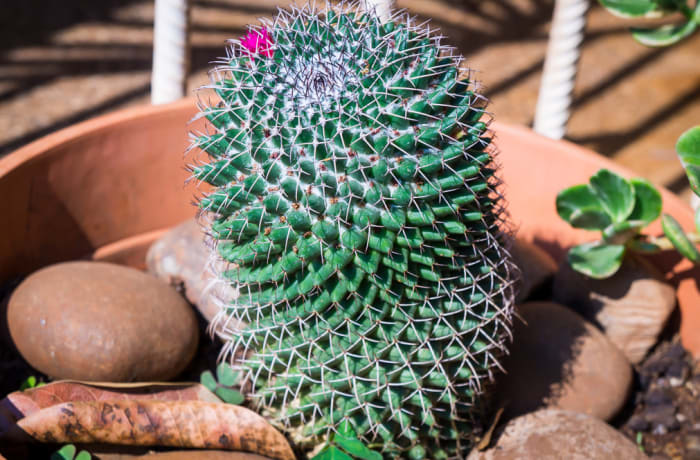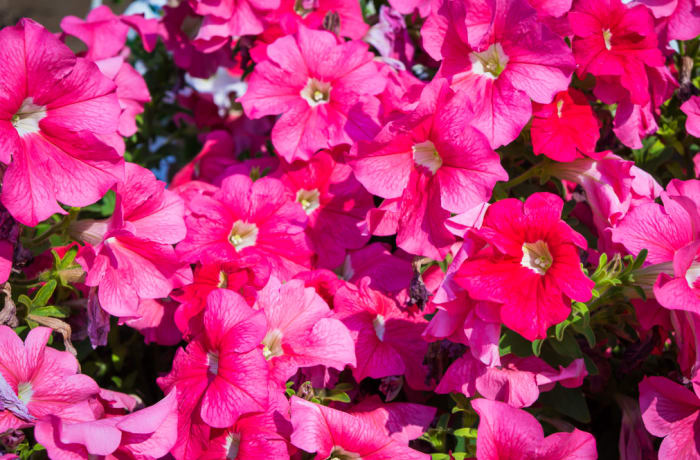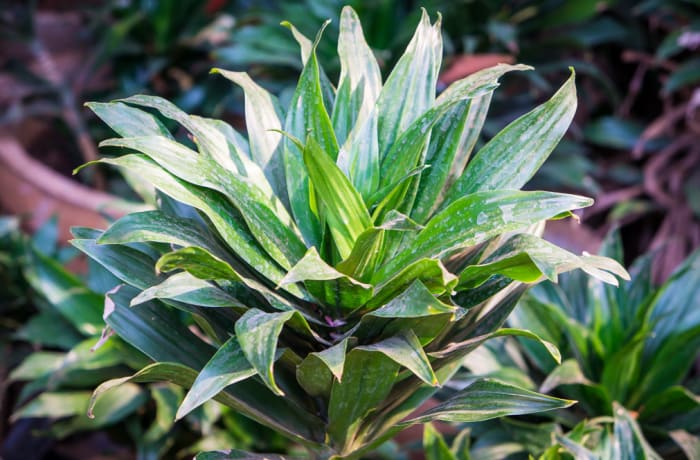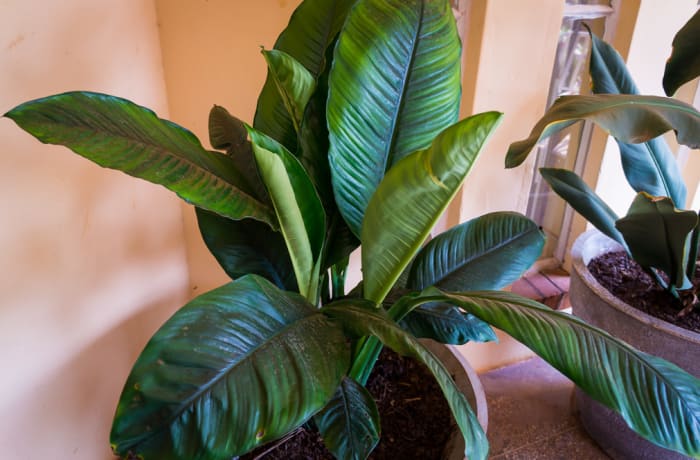
Cactus Echinocactus Grusonii Golden Ball Cacti
This is a perennial succulent plant that generally has thick herbaceous or woody chlorophyll-containing stems. Cacti can be distinguished from other succulent plants by the presence of areoles, small cushionlike structures with plant hairs and, in almost all species, spines or barbed bristles.
K91 per plant
Select your options
Size of plant
NEW
Buy online
This product is available for online purchase — Buy online now and pick it up instore or get it delivered to you.
Further information
Echinocactus grusonii is widely cultivated by specialty plant nurseries as an ornamental plant, for planting in containers, desert habitat gardens, rock gardens, and in conservatories.[2] A white-spined form, and a short-spined form, are also in cultivation.
It is one of the most popular cacti in cultivation and has increasingly become popular as an architectural accent plant in contemporary garden designs.
| Weight | 1kg |
|---|---|
| Foliage | Varies |
| Mature Size | Depends on the species |
| Watering | Once every 10 - 14 days |
| Light | Direct sunlight (4-6 hours) |
| Temperature | Summer: 20-95+°C, Winter: They like cooler weather down to 12°C |
| Toxicity | Cactus spines are not poisonous for humans or animals. However, a spine puncture can lodge deep into the skin and even get to the collagen and muscles. It's also crucial to note that a spine can also have bacteria and fungi on its surface that may cause infections in your body. |
| Pests | mealybugs, spider mites, whitefly, and scale. Horticultural oils and soaps can be used to treat these. |
| Problems | Fusarium oxysporum (Fusarium rot), Macrophomina phaseolina (Charcoal rot), Septoria spp., Helminthosporium cactivorum, and Aspergillus alliaceus (Stem and branch rot). |
Enquire about this item
Enquire via Email
Contact supplier
African Joy
Tree & plant nurseries
Lusaka
Visit African Joy and add a little colour to your garden/backyard with their wide selection of flowers, trees and shrubs. The company always maintains excellent levels of service to ensure their customers are happy and will continue to use them for all their future landscape gardening supplies.
Run a business in Zambia?
© 2021 Infobwana, Ltd. All rights reserved. Formally thebestofzambia.com · Learn more
